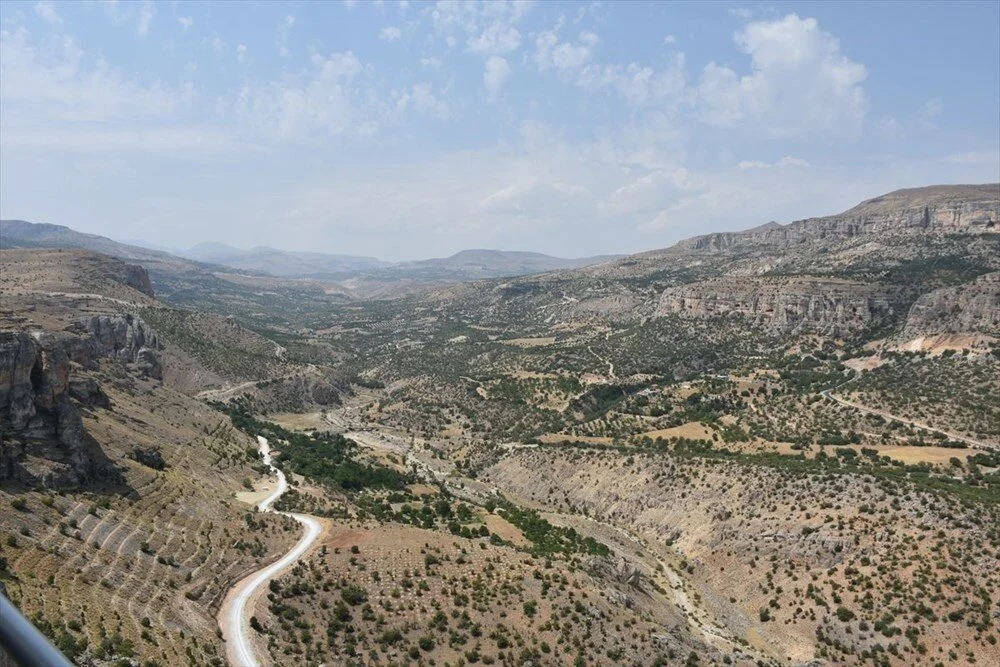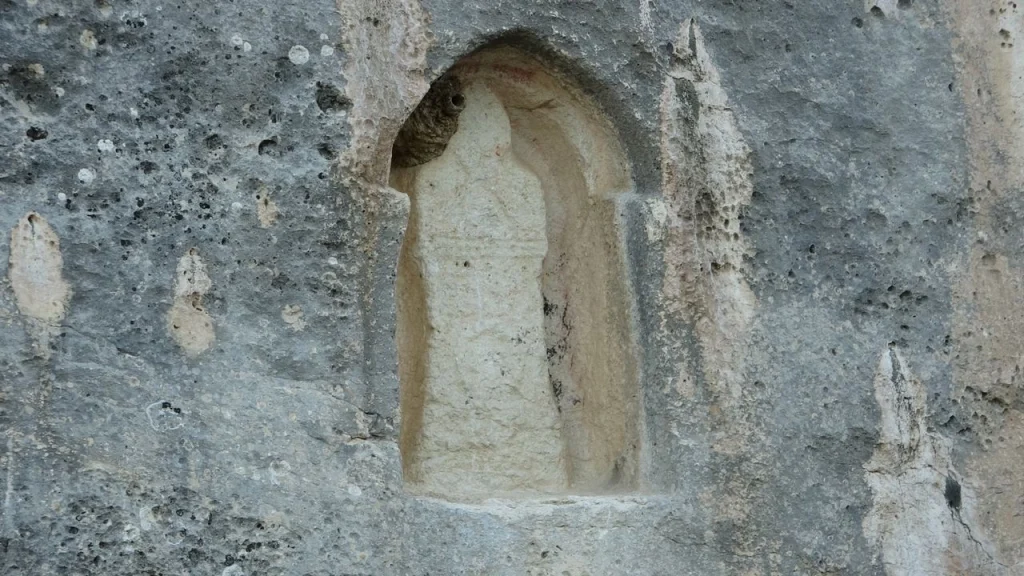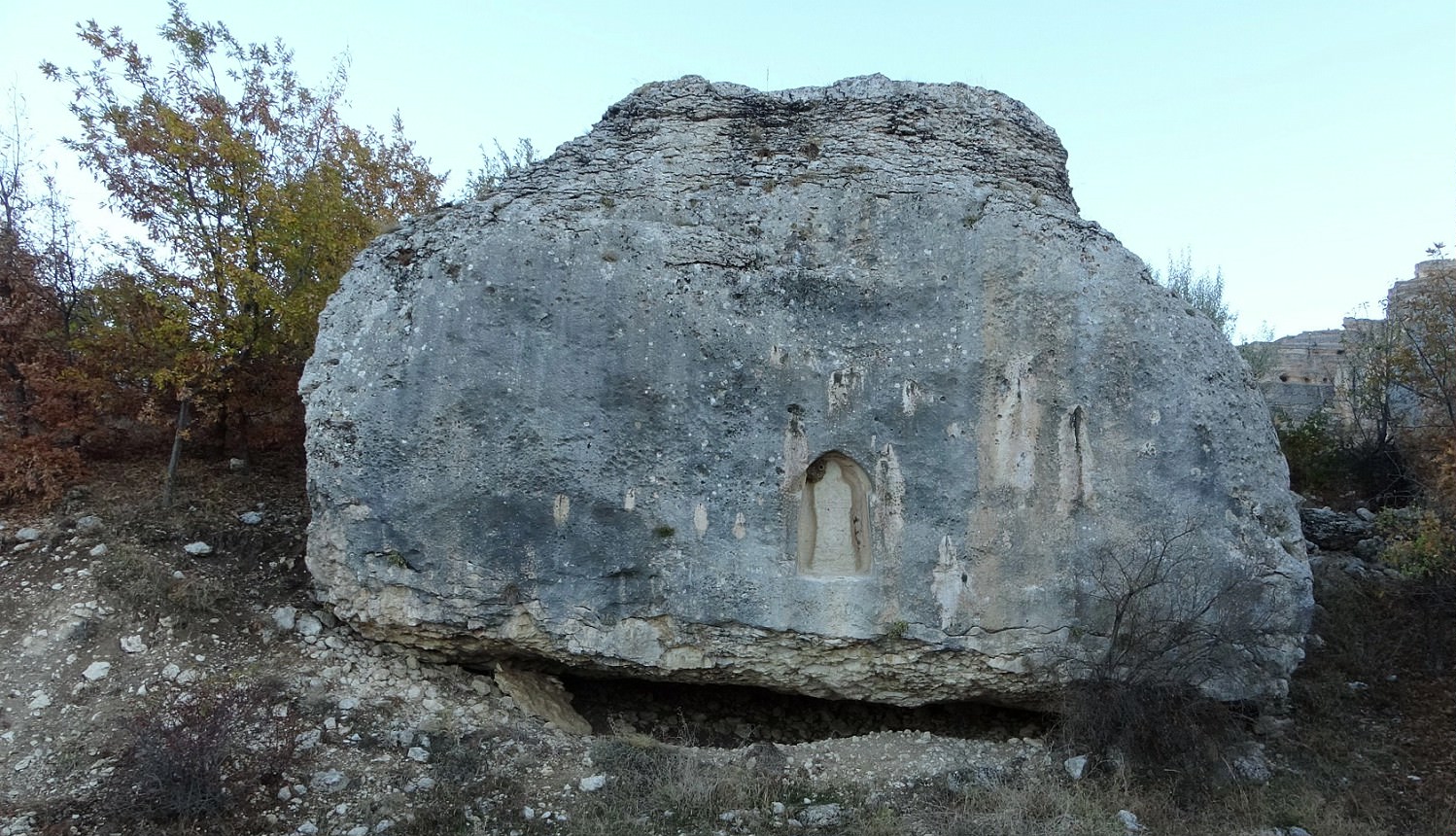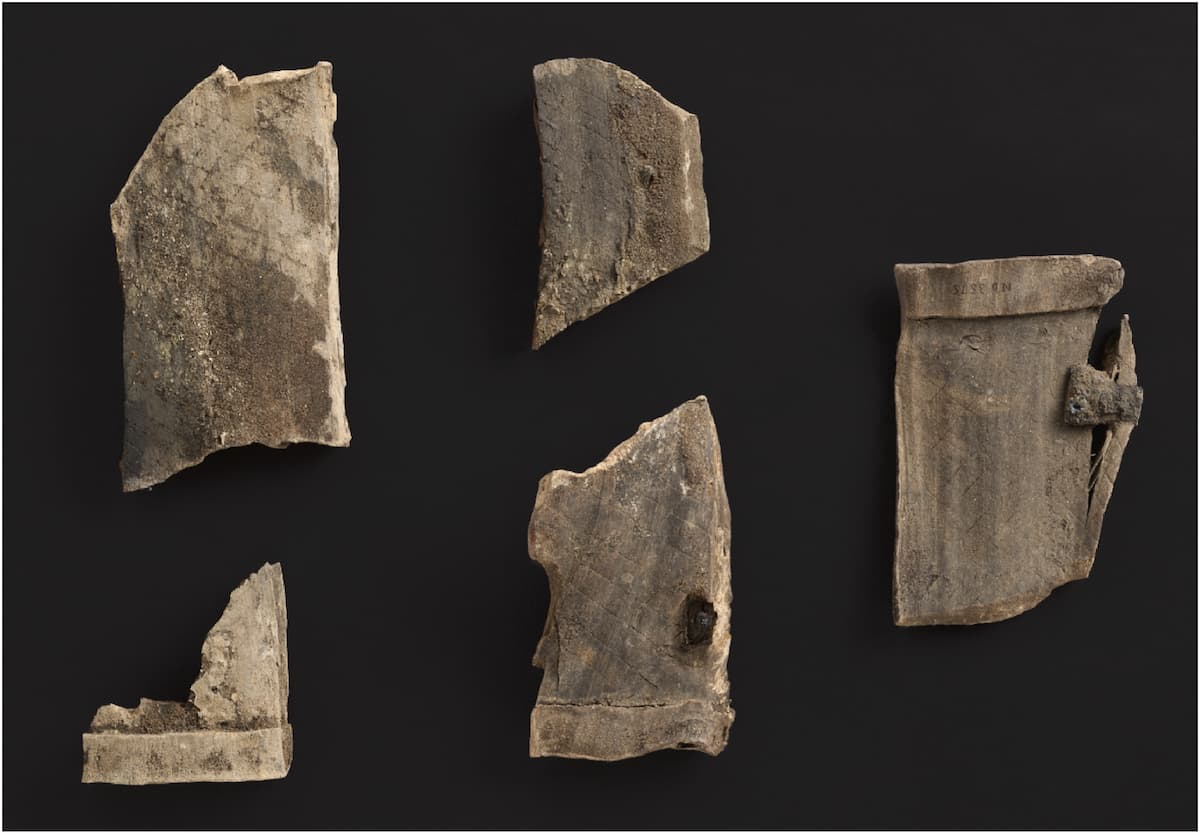In the Akçadağ district of Malatya, the Levent Valley, an extraordinary natural wonder created by geological formations 65 million years ago, stands out not only for its geological richness but also for its cultural heritage, bearing the traces of civilizations spanning thousands of years. This enchanting valley, stretching 28 kilometers, has been home to many different cultures, from the Neolithic Age to the Hittite civilization.

One of the most remarkable features of the valley is the rock relief, believed to belong to “Arinna’s sun goddess,” the chief goddess of the Hittites, dating back to the 8th century BC. As Lecturer Levent İskenderoğlu from İnönü University’s Faculty of Fine Arts and Design points out, this unique work demonstrates that the valley is of extraordinary importance not only for its natural beauty but also for its cultural richness.
Traces of the Hittite Goddess:
The rock relief is notable for its low cap, curly hair, slender, long, beardless face, arched nose, and bulging eyes. These features suggest a representation of the chief goddess of the Hittite Kingdom, the sun goddess. However, the details of the figure have faded due to the erosion of the natural paints over time. Nevertheless, it is evident that the people who lived in this valley 2,800 years ago possessed a highly advanced civilization in art, with their unique form and color understanding.

Anatolian’s Unique Heritage:
Levent İskenderoğlu emphasizes that this goddess figure is one of the unique examples in Anatolia. This work is one of the most beautiful proofs of how civilizations, existing with their beliefs throughout history, left traces of their faith through art. The Levent Valley offers visitors an unforgettable experience with both its natural beauty and its rich historical heritage.





